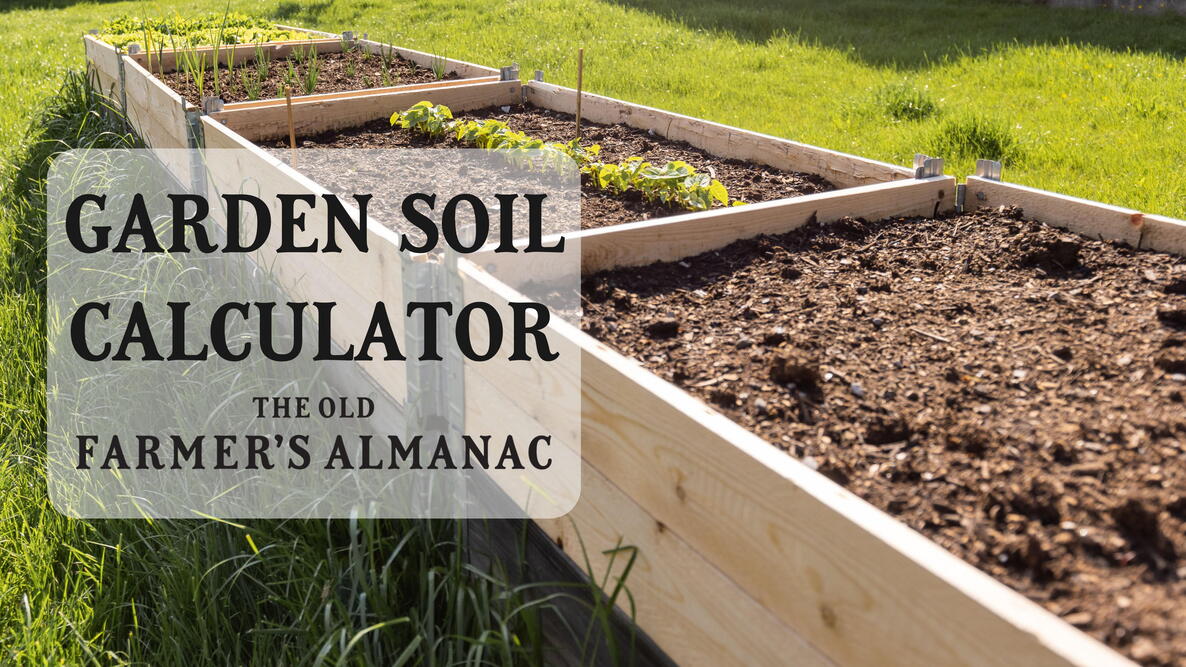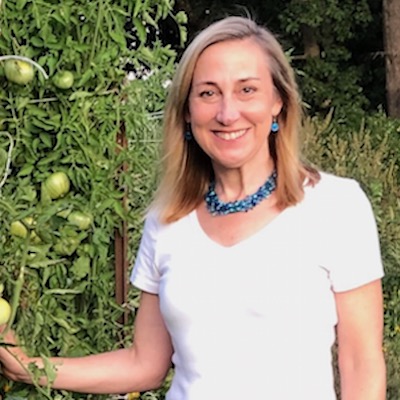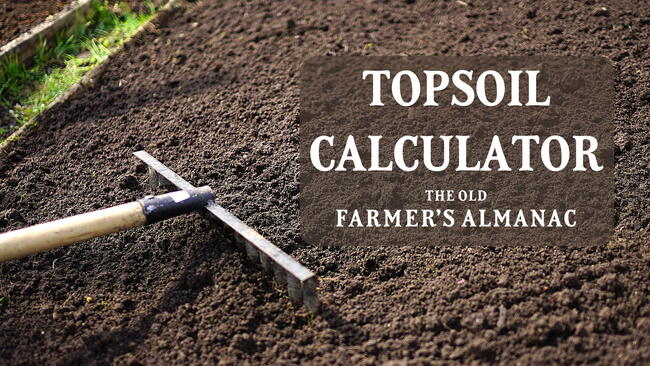Ready to fill a new raised bed or container? Our Soil Calculator makes it easy to get started! Just plug in your raised bed or pot dimensions, and we’ll tell you exactly how much soil you need—and the perfect mix to help your plants thrive. We've taken the guesswork out, so you can stop digging for answers and start digging in.
Soil Calculator
How to Use the Soil Calculator
For Raised Beds
- Simply enter your raised bed’s inner length and width, as well as its depth. (Example: 8 feet long × 4 feet wide × 12 inches deep.)
- Add multiple beds if needed.
- The calculator will provide the total volume in cubic feet, plus a soil mix breakdown of how many bags of topsoil, compost, and sand to buy (based on standard bag sizes).
- You can also view the volume in cubic yards if you're having soil delivered by the truckload.
For Containers (Pots or Planters):
- Enter the diameter (measured across the top of the pot) and depth.
- Add multiple pots if needed.
- The calculator will tell you how much potting soil you need and suggest the number of bags (usually sold in 1.5 cubic foot sizes).
Why Soil Matters in Raised Beds and Containers
Raised beds allow you to control soil quality—especially helpful if your native soil is compacted, nutrient-poor, or drains poorly. A proper mix ensures your vegetables and herbs get the ideal balance of structure, moisture, drainage, and root support.
Learn more about choosing the best soil for raised beds.
Best Soil Mix for Raised Garden Beds
A good raised bed soil mix balances texture, nutrition, and drainage. We recommend:
- 40% topsoil – for structure and minerals
- 40% compost – for organic matter and nutrients
- 20% coarse sand (or perlite) – for drainage and airflow
You can buy ready-mixed “raised bed soil” at garden centers, but it’s often more cost-effective to mix your own using local topsoil, quality compost, and coarse sand.

Best Soil for Containers
Containers are even more constrained, so your soil needs to work harder. A lightweight, well-draining potting mix is essential. You can buy pre-mixed bags or make your own potting mix using compost, peat or coconut coir, and perlite.
FAQs: Raised Bed Soil 101
What’s the Best Size for a Raised Bed?
A popular size is 4 feet wide × 8 feet long × 12 inches deep, offering 32 square feet of growing space.
Keep the width at 4 feet or less so you don’t step on the soil. Length is flexible, though beds longer than 12 feet can become inconvenient to walk around and water. Heights vary: 6 to 12 inches is common when using the ground below, but raised or above-ground beds require more soil (and cost more). Learn more about the best height for you.
How Deep Should Soil Be In a Raised Bed?
For most vegetables, aim for 12 to 18 inches of soil depth to accommodate root systems. Shallow-rooted crops like lettuce can grow in 6 inches, but deeper-rooted crops like carrots or tomatoes need more. Without enough depth, your carrots may grow sideways! See how to build a raised bed!
Shallow Rooting
12" - 18" | Medium Rooting
18" - 24" | Deep Rooting
24" - 36"+ |
|---|
| Arugula | Beans, dry | Artichokes |
| Broccoli | Beans, pole | Asparagus |
| Brussels sprouts | Beans, snap | Beans, lima |
| Cabbage | Beets | Okra |
| Cauliflower | Canteloupe | Parsnips |
| Celery | Carrots | Pumpkins |
| Chinese cabbage | Chard | Rhubarb |
| Corn | Cucumber | Squash, winter |
| Endive | Eggplant | Sweet potatoes |
| Garlic | Kale | Tomatoes |
| Kohlrabi, Bok Choy | Peas | Watermelon |
| Lettuce | Peppers | |
| Onions, Leeks, Chives | Rutabagas | |
| Potatoes | Squash, summer | |
| Radishes | Turnips | |
| Spinach | | |
| Strawberries | | |
What’s the Difference Between Raised Bed Soil and Potting Soil?
Raised bed soil includes topsoil for structure and is heavier. Potting soil is lighter and fluffier, designed for containers. It often lacks nutrients or the volume needed for raised beds unless amended. (Learn more about how potting soil is different than topsoil.)
Can I Use In-Ground Soil for Raised Beds?
Not recommended. Native soil is often too dense or lacks nutrients. If you must use it, amend heavily with compost and sand to improve texture and fertility.
What Should I Put at the Bottom of a Raised Bed?
If your bed is deep, consider layering sticks, leaves, or other coarse organic material at the bottom to save on soil. Otherwise, line the bottom with cardboard or newspaper to suppress weeds, then fill with your soil mix.
Whether you’re planting herbs, root veggies, or a salad garden, starting with the right soil—and the right amount—sets you up for success.
Now see what to plant in a raised bed












Comments